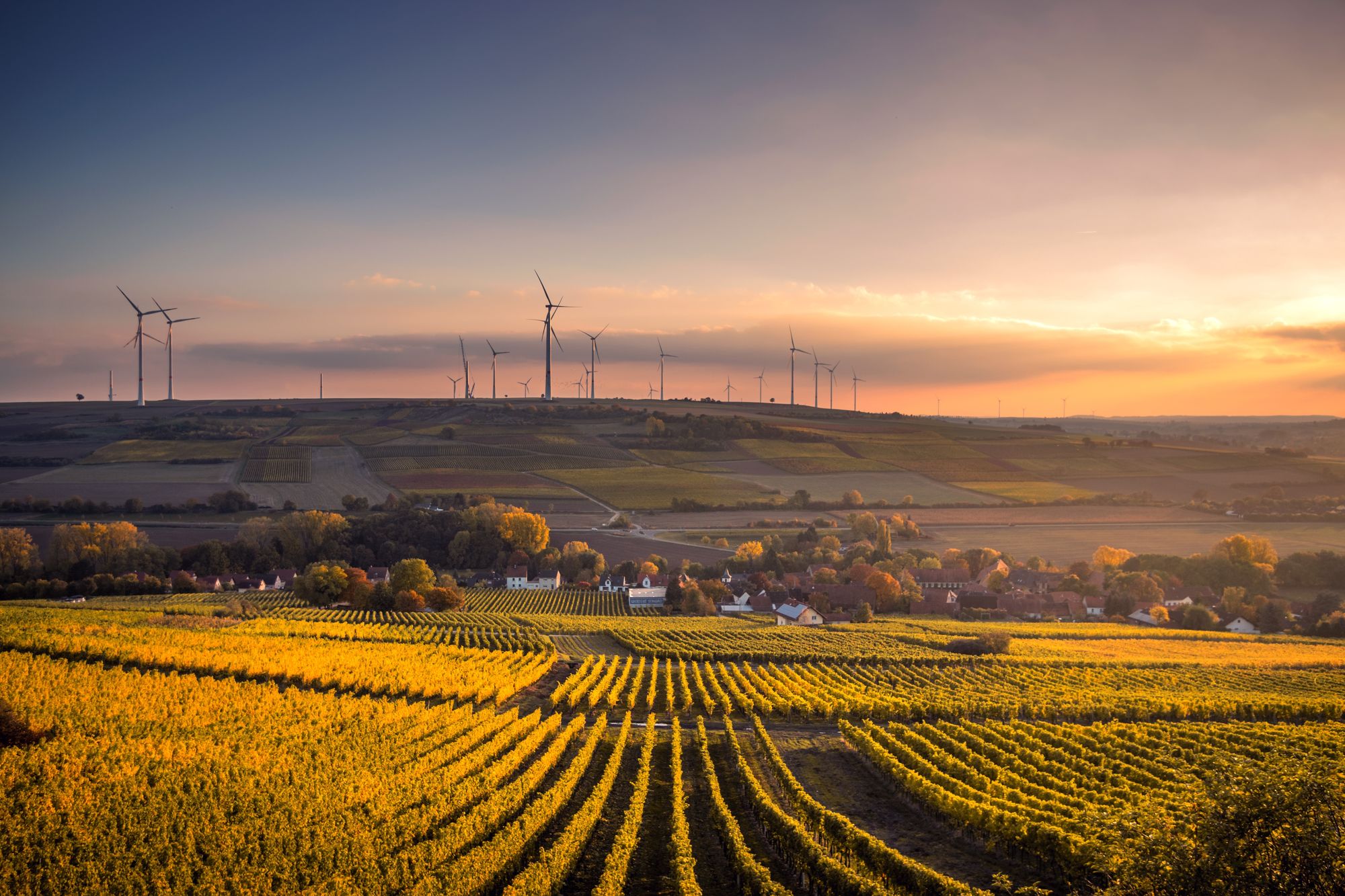EU Parliament approves new energy efficiency law to advance green transition.

The European Parliament has voted in favour of a new directive that sets binding targets for reducing energy consumption by 2030. The law aims to boost energy savings, cut greenhouse gas emissions, and reduce dependence on fossil fuels.
The European Union is taking another step towards achieving its ambitious climate goals by adopting a new energy efficiency law. The Energy Efficiency Directive, agreed upon by the European Parliament and the Council of Ministers, establishes binding targets for cutting energy consumption by 2030 at both primary and final consumption levels across the EU.
The directive is part of the ‘Fit for 55’ package, a set of legislative proposals that aim to align existing climate and energy policies with the EU’s objective of reducing greenhouse gas emissions by at least 55% by 2030, compared to 1990 levels. The package covers various sectors, such as transport, industry, buildings, and agriculture.
According to the new directive, member states are collectively responsible for achieving a minimum 11.7% reduction in energy consumption at the EU level by 2030, compared to the 2020 Reference Scenario projections. This means the EU’s primary energy consumption should not exceed 1,128 million tonnes of oil equivalent (Mtoe), and its final energy consumption should not exceed 846 Mtoe by 2030.
The directive introduces a robust monitoring and enforcement mechanism to ensure accountability and compliance to track member states’ progress in fulfilling their national contributions. Additionally, starting in 2030, member states must achieve average annual energy savings of 1.5%, with a progressive increase from 1.3% until the end of 2025 to 1.9% until the end of 2030.
The directive emphasises that energy-saving targets should be met through comprehensive local, regional, and national measures spanning various sectors, including public administration, buildings, businesses, and data centres. The public sector must reduce its final energy consumption by 1.9% annually. Additionally, member states must ensure that at least 3% of public buildings are renovated each year to become nearly-zero energy or zero-emission buildings. The directive also introduces new requirements for efficient district heating systems.
The new law is expected to bring multiple benefits for the EU and its citizens, such as lower energy bills, improved air quality, enhanced energy security, increased competitiveness, and job creation. Moreover, it will contribute to achieving the EU’s long-term vision of becoming the first climate-neutral continent by 2050.
Rapporteur Niels Fuglsang (S&D, DK) stated, “The energy crisis is not over. We must deliver the needed structural changes in the next seven years. I am pleased that we have successfully pushed member states toward more ambitious energy efficiency targets. This is crucial for reducing our dependence on Russian energy in the future and meeting our climate objectives. Today’s vote is significant, benefiting our climate and challenging Putin.”
The European Parliament adopted the legislation with 471 votes in favour, 147 against, and 17 abstentions. It will now proceed to the Council of Ministers for endorsement before entering into force.
The adoption of this directive reflects the responses to citizens’ proposals from the Conference on the Future of Europe. The Energy Efficiency Directive addresses Proposal 3(3), which seeks to reduce dependency on oil and gas imports through energy efficiency projects and expanding clean and renewable energy sources. It also aligns with Proposal 3(5), advocating for investments in renewable energy technologies and Proposal 3(6), promoting exploring eco-friendly energy sources and storage methods to support the EU’s climate goals. Furthermore, it aligns with Proposal 11(1), which encourages companies to adopt greener production processes by helping them identify optimal solutions.

